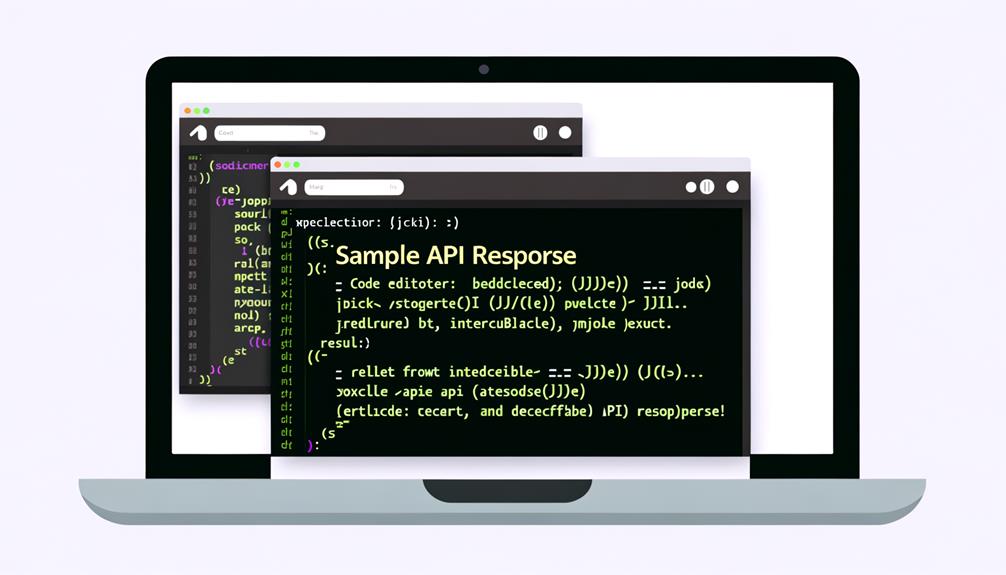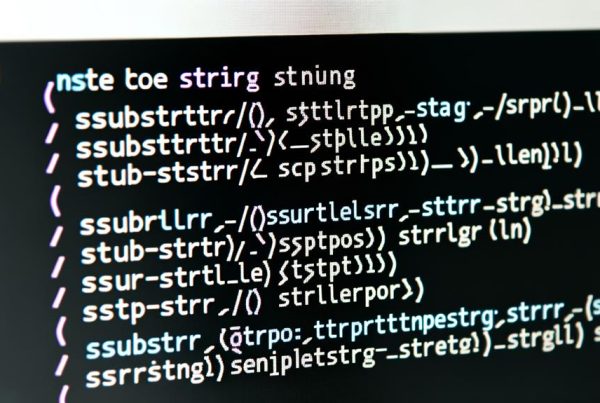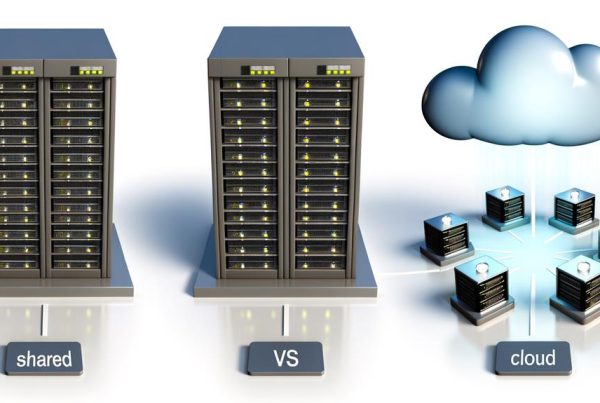API mocking is a game-changer in the realm of software development, revolutionizing the way teams approach testing and integration.
Imagine effortlessly simulating responses from external APIs to test your application, all without the need for a live, fully functional API.
This guide is your key to unlocking the full potential of API mocking, from its practical applications to the top tools for seamless implementation.
By the end, you'll have the knowledge and expertise to harness the power of API mocking, propelling your software development endeavors to new heights.
What Is API Mocking?
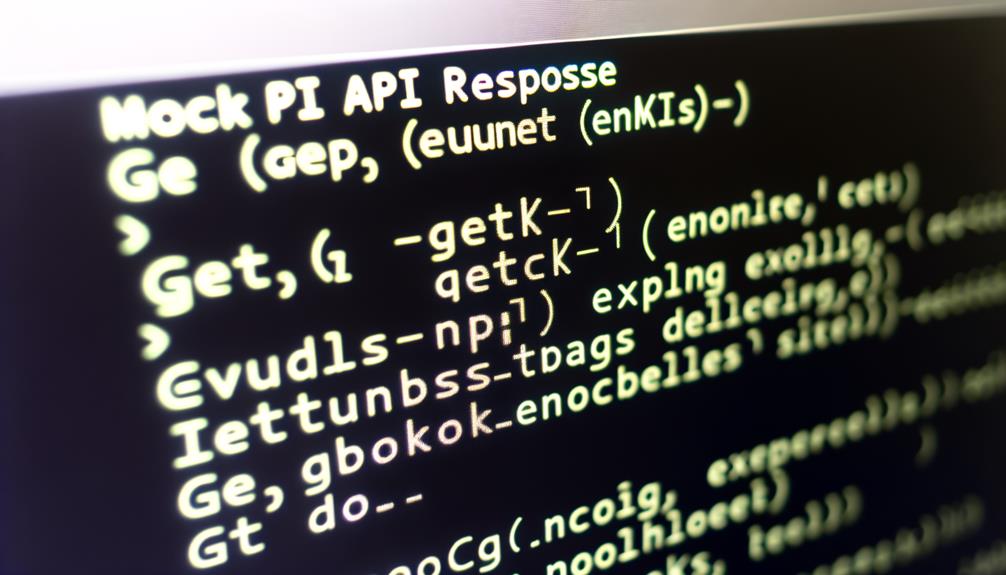
API mocking entails creating a simulated environment that replicates the behavior of an API, allowing developers to test and develop applications without relying on actual data.
It's a revolutionary approach that liberates developers from the constraints of real APIs, providing the freedom to innovate and iterate rapidly.
By simulating the expected responses of an API, we can confidently validate our code, ensuring its reliability and cross-platform compatibility.
This liberating technique accelerates feedback cycles, saving time and costs while enhancing security and performance.
Through API mocking, we envision a future where developers can prototype, test, and integrate with ease, unencumbered by the limitations of actual APIs.
Embracing this liberation empowers teams to launch new features confidently, debug efficiently, and optimize performance effectively.
Let's unlock the full potential of API mocking and revolutionize the way we develop and test applications.
The Benefits of API Mocking
Embracing the liberation of API mocking enables us to accelerate feedback cycles, save time and costs, enhance security and performance, and unlock the full potential of our development and testing processes.
- Accelerated Feedback Cycles: By creating a realistic environment for testing, we can receive accurate feedback quickly, leading to faster bug fixing and optimization.
- Cost Savings: API mocking allows us to continue development without relying on unstable actual APIs, saving time and infrastructure costs.
- Enhanced Security: Working with mock data reduces the risk of exposing sensitive information, enabling proactive identification and fixing of potential vulnerabilities.
API mocking empowers us to build and test with confidence, ensuring reliable, secure, and cost-effective development and testing processes.
API Mocking Examples

As developers, we harness the power of API mocking to swiftly prototype, rigorously test, and seamlessly integrate new features, ensuring a robust and efficient development process.
API mocking serves various purposes, including prototyping, automated testing, debugging, integrating third-party APIs, and launching new features. It allows for quick development of prototypes, accurate feedback during testing, efficient bug identification, and early verification of new features.
Additionally, API mocking facilitates performance testing by ensuring consistent responses and enabling the comparison and analysis of test results.
Top tools for API mocking include Mockoon, Stoplight, Postman, Mountebank, Apiary, MockServer, Hoverfly, and WireMock, each offering unique features to support the creation, management, and testing of mock APIs.
Running Performance Tests
Harnessing the insights gained from API mocking examples, we now turn our focus to the critical domain of running performance tests. When it comes to this essential aspect of API development, it's crucial to remember a few key points:
- By running tests against virtual APIs, teams can identify performance issues and optimize the application.
- API mocking ensures consistent responses, enabling repeated replication of test scenarios.
- It helps compare and analyze test results more effectively.
Running performance tests using API mocking not only ensures the reliability and efficiency of the application but also paves the way for continuous improvement and innovation. It empowers developers to create robust, high-performing APIs that meet and exceed user expectations.
Top Tools for API Mocking
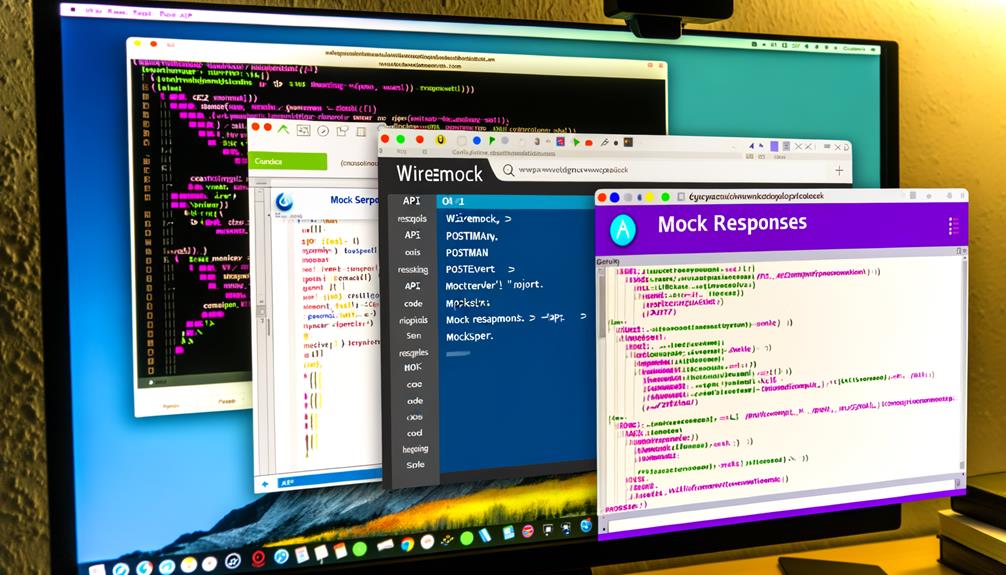
In our pursuit of optimizing API development, we aim to explore and evaluate the top tools available for API mocking, empowering developers to create efficient and reliable applications. These tools offer a range of features to simplify the process of creating and managing mock APIs.
Mockoon, an open-source tool, provides a simple UI and serverless deployment.
Stoplight offers automated testing and integration capabilities.
Postman supports collaborative mock API management, while Mountebank offers versatile protocol support.
Apiary promotes a design-first approach to API development, and MockServer provides extensive request-matching capabilities.
Hoverfly enables automated response validation, and WireMock offers customizable response testing.
Best Practices for API Mocking
Exploring the realm of API mocking, we advance our discussion to uncover the best practices that will elevate our approach to creating and managing mock APIs.
- Mock Realistic Scenarios: Create mock APIs that replicate real-world scenarios and edge cases, ensuring comprehensive testing.
- Consistent and Reliable Responses: Maintain consistent responses from mock APIs to facilitate accurate and repeatable testing, enabling thorough analysis and validation of application behavior.
- Regular Updates and Maintenance: Continuously update and maintain mock APIs to align with changes in the actual APIs, ensuring that testing remains effective and reflective of real-world conditions.
Implementing these best practices will empower developers to build and test applications with confidence, fostering a more efficient and reliable development process.
API Mocking in Real-world Scenarios

Utilizing mock APIs in real-world scenarios enhances the development process by providing a controlled environment for thorough and efficient testing. In real-world scenarios, API mocking proves invaluable for various purposes. Our experiences have shown that it's particularly useful for prototyping, automated testing, debugging, integrating third-party APIs, and launching new features. Here's a table highlighting some top tools for API mocking:
| Tool | Key Features | Cost |
|---|---|---|
| Mockoon | Open-source, simple UI, TLS support | Free |
| Stoplight | Intuitive platform, automated testing | $39/mo |
| Postman | Automated testing, collaboration features | Varies |
| Mountebank | Open-source, customizable responses | Free |
| Apiary | Cloud-based, design-first approach | Free |
These tools empower developers to create and manage mock APIs, enhancing the overall development process.
Frequently Asked Questions
How Does API Mocking Impact the Overall Performance of an Application?
API mocking significantly impacts an application's performance by enabling comprehensive testing and optimization. It ensures consistent responses for repeated test scenarios, allowing teams to identify and address performance issues effectively.
What Are the Potential Drawbacks or Limitations of Using API Mocking in the Development Process?
Using API mocking in the development process can have potential drawbacks and limitations.
It may not fully replicate the behavior of complex real-world APIs, leading to discrepancies in testing. Dependency on mock data might overlook actual API behavior and hinder accurate evaluation.
Additionally, maintaining and updating mock environments alongside real APIs can be challenging. Over-reliance on mocking may also delay identifying integration issues with actual APIs.
What Are the Best Practices for Implementing API Mocking in a Development Team or Organization?
Implementing API mocking in a development team or organization requires clear communication, collaboration, and consistent practices.
It's essential to establish standardized processes for creating and managing mock APIs, integrating them into the development workflow, and ensuring that all team members are proficient in using the selected mocking tools.
Regular reviews and updates of mock APIs based on evolving project requirements and feedback are crucial to maintain their effectiveness and relevance.
Can API Mocking Be Used for Testing Real-Time or Streaming Data Scenarios?
Yes, API mocking can be used for testing real-time or streaming data scenarios. It provides a controlled environment to simulate various data conditions, ensuring that the application handles real-time data appropriately.
By creating mock versions of APIs, developers can validate the behavior of their applications in response to real-time data and identify potential issues before they occur in the live system.
This empowers teams to proactively address challenges and optimize their applications for real-time and streaming data scenarios.
How Can API Mocking Be Integrated With Continuous Integration and Continuous Deployment (Ci/Cd) Pipelines in Software Development?
Integrating API mocking with CI/CD pipelines streamlines development.
We automate mock API deployment and testing in the pipeline, ensuring faster feedback and reducing dependencies on live APIs.
This approach boosts development speed, improves code quality, and enables robust feature integration.
By simulating various scenarios, we proactively catch potential issues and ensure seamless, reliable deployment.
Embracing API mocking in CI/CD empowers us to deliver high-quality, resilient software efficiently.
Conclusion
In conclusion, API mocking is a powerful tool with a wide range of benefits and practical applications in software development.
By leveraging API mocking, developers can streamline their processes, improve efficiency, and enhance the overall quality and reliability of their software.
With a thorough understanding of API mocking and the right tools at their disposal, developers can revolutionize their approach to development, paving the way for greater success and innovation in the dynamic world of software engineering.


